The world's laziest teenager, furry sunbathers and 'goatsuckers' - some of our most amazing wildlife was recorded last year by National Trust across England, Wales and Northern Ireland. But why are the plants and animals we discovered so important? Here is some more info about the top ten species we found, and where you can find them
1.Black oil beetle, Meloe proscarabaus at Cwm Tydu, Ceredigion - last recorded 1994
This dumpy beetle is something you will likely see on sandy parts of the Wales coast path. The females, like a big black beetle dragging a gothic football around, start wandering around in April and May. That football is full of eggs, and they are looking for a place to dig their burrow - somewhere close to a solitary bee nest is ideal, because that bee won't be solitary for long. The eggs will hatch into leggy larvae called triangulins, which wander to a flower and lie in wait, ready to hitch a ride back to the bee's nest. Once they have arrived on their hairy aeroplane host, they step off and start munching on the bee's eggs, pollen and nectar. They emerge as adults the next year after spending the winter in the nest as the laziest, greediest teenagers in the world. We manage our wildflower rich grasslands to allow bees, and therefore these beetles, to thrive.
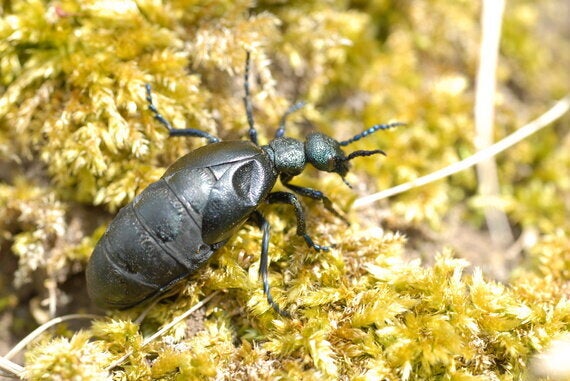
Battered black oil beetle (no beetles were harmed in the making of this photo) ©Iain Perkins, Buglife
2.Water vole, Arvicola amphibius at Dunwich Heath, Suffolk - recorded for the second time in over 40 years
The population has declined by a fifth between 2011 and 2013 in the UK following decades of steep declines due to habitat loss, pollution and the invasive American mink - this means finding this elusive mammal was a real coup. Seen as a furry fiend across much of Europe, this appropriately named amphibious beast is essentially a tiny beaver. They are incredible swimmers of course, ravenous munchers and in the same rodent family as their larger cousins. They live in water banks in small family groups, with definite territories for each male. Like their most famous representative, Ratty from Wild in the Willows, they have a house with several floors in case of flooding, bedroom chambers with grass 'beds' for nesting, 'pantry' like food stores and build twiggy platforms for sunbathing - yes I might be anthropomorphising but if they sunbathe they seem pretty human! Good freshwater management is key to their survival.
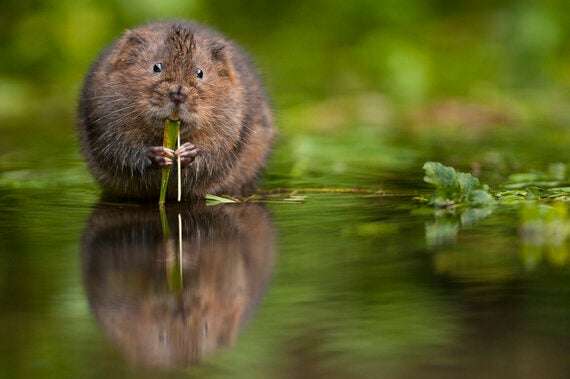
Ratty's breakfast ©Philip Braude
3.Red-shanked carder bee, Bombus ruderarius at Birling Gap, East Sussex - recorded for the first time
Easily mixed up with the red-tailed bumblebee, this incredibly rare bumblebee needs flower rich grasslands to survive. These habitats are really rare due to the seemingly unstoppable threat of habitat loss. Bumblebees in general are of course astonishing, from dancing in the air to indicate the exact location of a particularly good patch of flowers to having a Queen bee, worker bees and honey for everyone, they are a strange mix of Communist and Royalist wrapped in a fluffy casing. We cut and clear many areas of meadow to allow the rare plants and insects living on them to thrive.
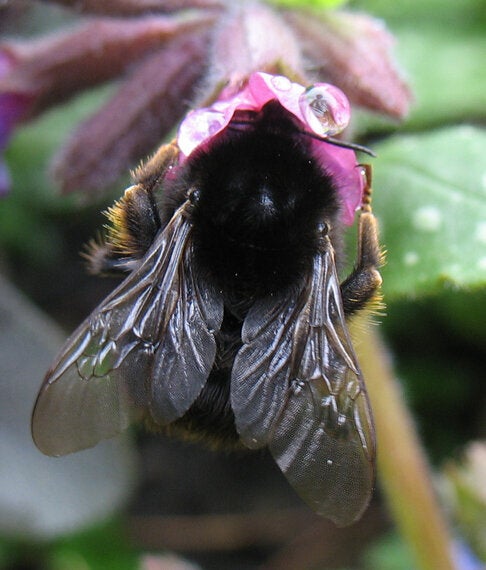
A fuzzy red-shanked carder bee getting her face right into this red campion ©Elizabeth Hatchell, Bumblebee Conservation Trust
4.Nightjar, Caprimulgus europaeus and Dartford Warbler Sylvia undata on Brownsea Island, Dorset - recorded for the second time since the 1980s
Birds are the most frequently recorded groups of animals in the UK so getting two new records at Brownsea was pretty fantastic and surprising. The eerie, reptilian nightjar, Thomas Hardy's 'dewfall-hawk' is not seen often - it flies at dusk, searching for moths and beetles on heaths and making a unique 'churring' sound. It doesn't live up to its legendary name of 'goatsucker', but when it is seen it can be spectacular, with the male chasing the female in a spiralling display flight while wing clapping. The scrub-loving Dartford warbler is one of our rarest birds, sporting a gunmetal grey body and rusting breast. It flicks its long tail incessantly, flitting amongst gorse with an eye glowing like coals on a coconut shaped head. It is amazingly beautiful, the beauty to the beast of a nightjar. We manage our remaining remnants of lowland heath through careful burning, cutting and grazing to create the conditions for these species to thrive.
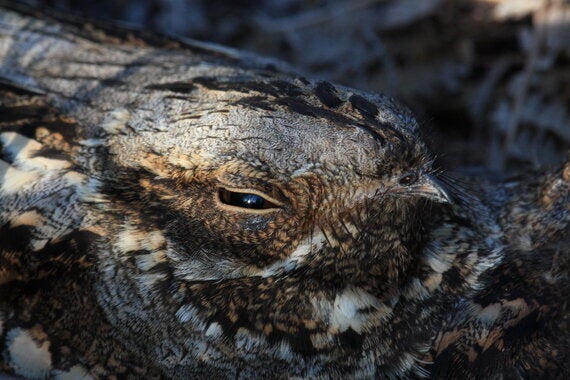
A cosy nightjar ©Pete Brash
5.A Jumping spider, Phlegra fasciata at East Head, West Sussex - recorded for the first time
Oh no, a spider that JUMPS? Relax, this harmless beastie is only 6-7mm long and looks like a hairy Everton mint. It lives on cliffs, shingle and dunes and is at risk from gravel extraction and development as these habitats are often seen as less valuable, possibly due to their lack of vegetation - bugs love bare ground though. Like many spiders it has eight eyes and it's unusual method of jumping without the use of muscles (it's all about their internal hydraulic system) is common to all jumping spiders. Before it jumps on its prey, it tethers itself to the ground with a piece of silk, and the pheromones on the silk are also key to communication between individuals of the same species - basically, each one is like a tiny batman. Preventing destructive practices is what the National Trust is for - we ensure our land is protected for wildlife and people, everywhere.
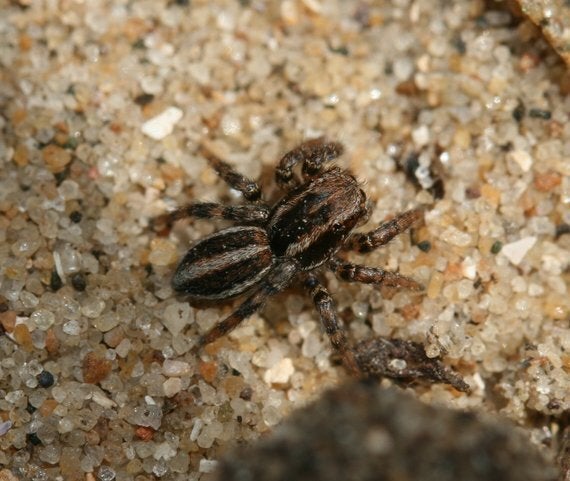
A tiny, furry jumping spider ©Chris Bentley, Sussex Wildlife Trust
6.The forest chafer beetle, Melolontha hippocastani at White Park Bay, Antrim coast - the first record in the island of Ireland since 1915
Similar to the more common cockchafer or maybug, and probably also found crashing into windows in May, this member of the scarab family is seen as a pest on the continent. They feed on roots of trees and find their mates using their ornately feathered antennae to smell their pheromones across vast distances. In Ancient Greece children tethered these beetles by the leg and flown in circles for fun - something to do, I suppose. As the adult feeds of oak an hawthorn leaves, the continued protection and recording of our native broadleaf trees is crucial for this species.
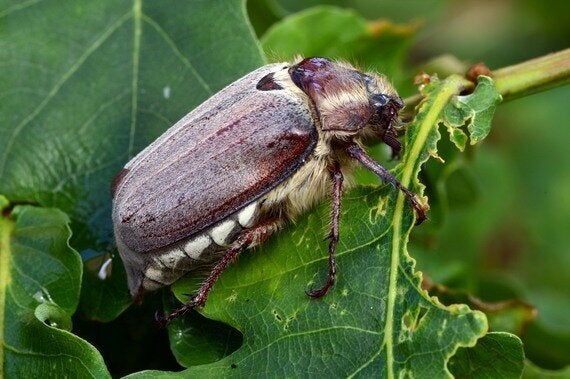
A lovely forest chafer ©Roy Anderson, National Trust Images
7.Otter, Lutra lutra at Strangford Lough, Northern Ireland and Cemlyn, North Wales
One of our most charismatic animals, although they suffered a catastrophic decline in the past due to persecution and pollution these mammals are now found in every county in the UK. We weren't guaranteed to spot one on the BioBlitzes, however, even though they are relatively common. It's likely their scent marks, known as spraints were found as these are easier to find. Their long tails are one of their most recognisable features and are about a third of the length of their body - they help steer them through the water. The far cleaner water bodies we have today, allowing otters to thrive, is a true conservation success story and a result of collective effort across charities and government.
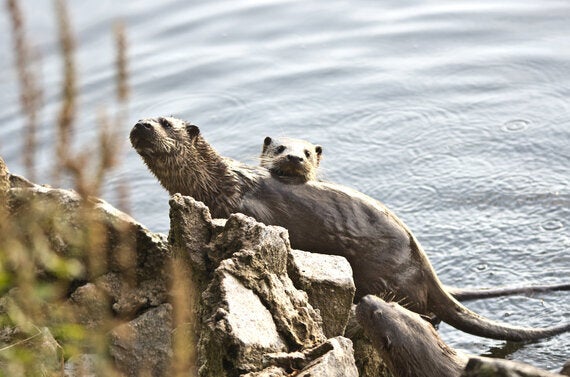
Otters, a conservation success story ©Jim Bebbington, National Trust Images
8.Slow worm, Anguis fragilis at Freshwater West, Wales - found for the first time since 1966
Slow worms are fairly secretive, so they can be under-recorded in places. These are truly legless lizards, more closely related to lizards than snakes, with non-overlapping scales and the ability to autotomize as lizards do - that is, drop their tail and leave it moving while they escape predators. On warm days they can be found basking in gardens but they also love - you guessed it, open ground with scrubby areas for shelter.
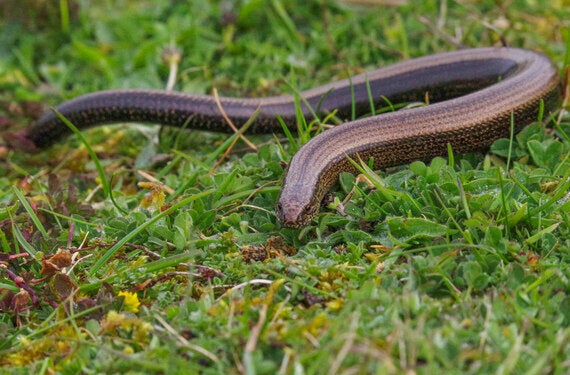
Slow worms - slow but not slovenly ©Jim Bebbington, National Trust Images
9.Adder, Vipera berus at Ravenscar, North Yorkshire - recorded for the first time
This stunning reptile was recorded for the first time, even though it had been seen at Ravenscar before. Its cryptic camouflage makes it difficult to spot, but it loves to start basking at this time of year as the sun gets warmer and they venture out of their hibernacula. Although it is poisonous, it is fairly common and rarely bites unless attacked - quite often the sighting will be just its tail disappearing into the scrub as it feels the vibration of your footsteps well before you reach it.
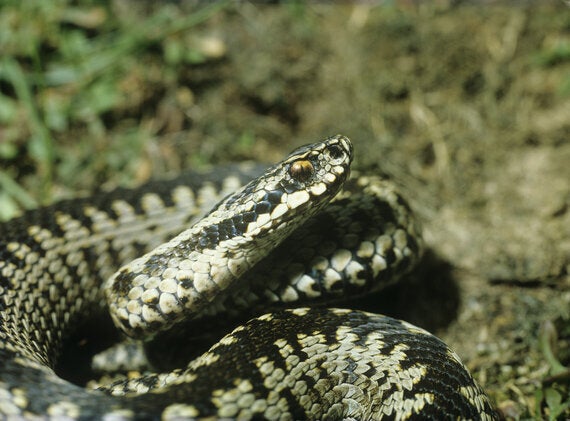
Poisonous but generally peaceful - the adder ©Jonathan Plant, National Trust Images
10.Balearic shearwater, Puffinus mauretanicus, at Blakeney, Norfolk - recorded for the first time
This is a critically endangered visitor from the Balearic islands that nests in burrows, which means past introduction of rats to their breeding islands has a devastating effect. They skim majestically over the water, clipping the surface with stiff wings, and have possibly one of the most poetic sounding bird names. Like many water birds, they are so well adapted to flight at sea that they appear awkward and rather ridiculous looking on land, with their feet placed well back on their body.
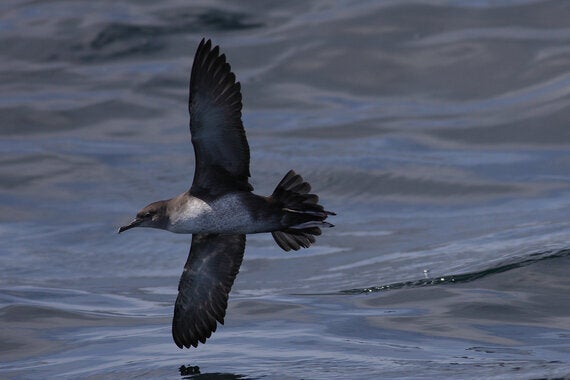
The graceful Balearic shearwater ©Joe Pender, BTO
As you can see, some of our finds were common, some rare - but all demonstrate how critical it is to conserve, enhance and expand our wildlife habitats and how important it is for visitors to record our wildlife.